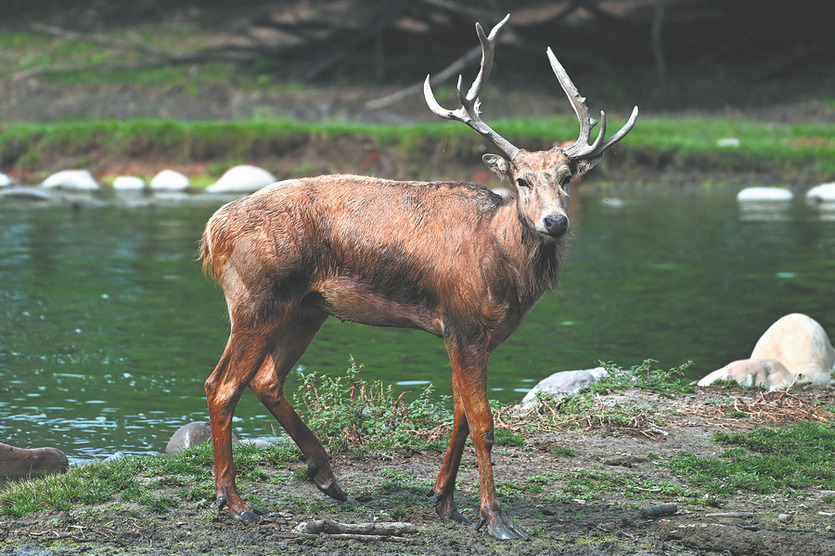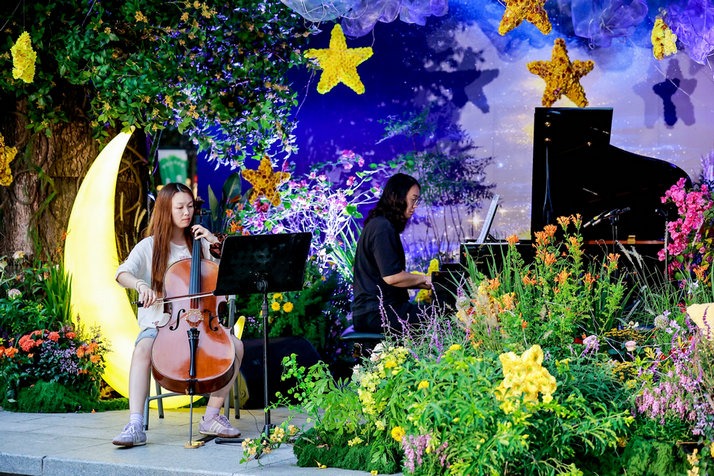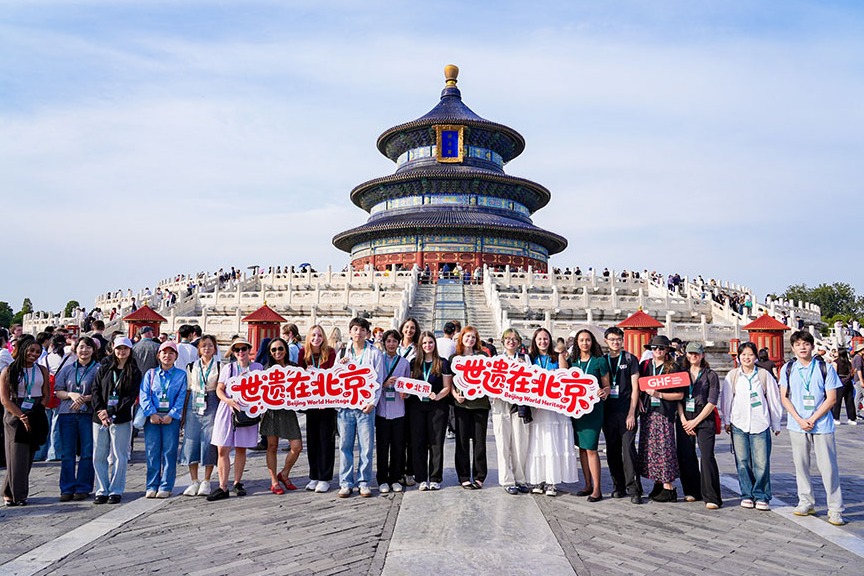Plenty to Chu over
Hubei province offers rich historical and environmental heritage for visitors, Xu Lin and Liu Kun report.

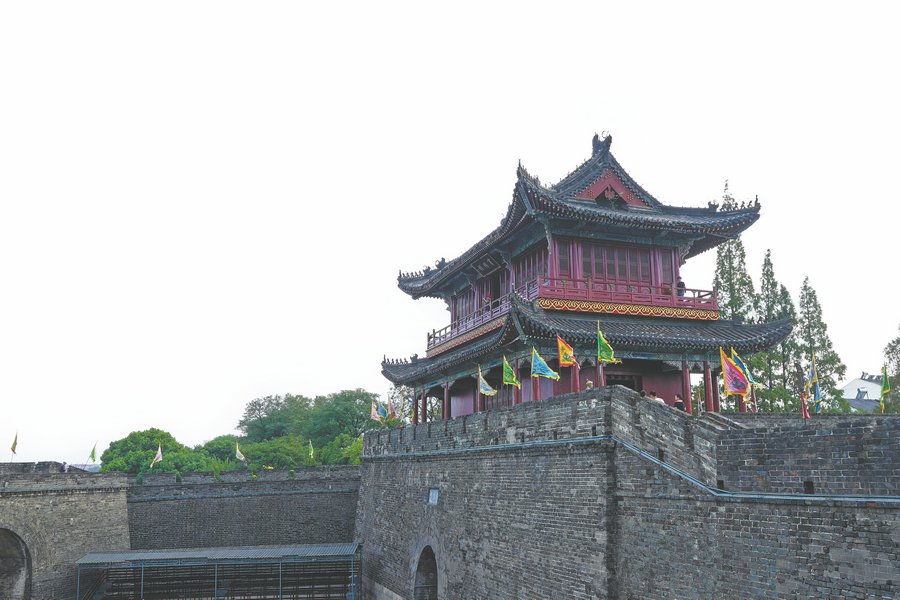
Cultural relics and city wall
As a cradle of Chu culture, Jingzhou served as the capital of the State of Chu for 411 years.
Official data shows that from January to August, the city recorded over 68.91 million tourist visits and a total tourism revenue of about 60.42 billion yuan ($8.5 billion), with year-on-year growth of 14.8 and 16.5 percent respectively.
The second Chu Culture Festival recently kicked off in the city, and will last until Oct 20, with activities such as cultural exchanges, academic seminars, performances and business negotiations.
Jingzhou Museum opened a themed exhibition during the festival on silk textiles unearthed from the Mashan No 1 tomb of the State of Chu in 1982.
The exhibition presents different types of clothing of the Chu people — ranging from robes and skirts to hats and footwear — which established a strict social hierarchy.
The garments also showcase the advanced textile craftsmanship, diversity of embroidery patterns and techniques, and mature dyeing technology of that time.
Notably, two precious cultural relics are making their debut after restoration. One is a purple-red garment embroidered with intertwined dragon and phoenix patterns, the other is a light-yellow silk quilt cover used by the nobility of the State of Chu.
In ancient China, jade ornaments were symbols of status and virtue, serving as both important accessories in daily life and common burial objects.
The museum displays various jade pendants, which are often in the shape of dragon and phoenix patterns.
Among the jade collection is a mask crafted from a single piece of gemstone, engraved with distinctive hair and facial features, which was placed over the tomb owner's face during burial.
Another highlight of the museum is its vast collection of wooden lacquerware, including dining utensils and funeral objects.
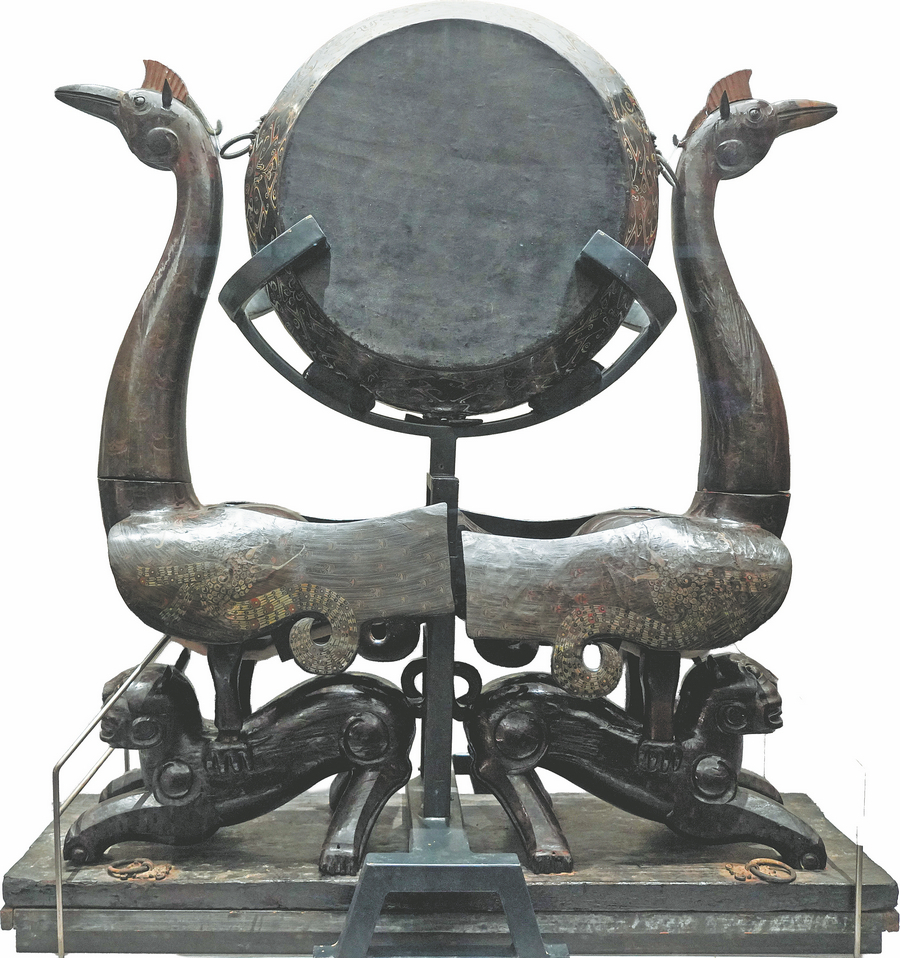
A pig-shaped lacquered box, which was used to hold wine utensils, showcases the wine culture of ancient China. A giant drum with a lacquered wooden frame of two phoenixes, which stand on recumbent tigers that serve as the base, is a typical instrument of the Chu people.
Jingzhou is also closely intertwined with the tales of Romance of the Three Kingdoms, a classic novel that depicts heroic figures and events of the Three Kingdoms (220-280) period.
It's pleasant to stroll along Jingzhou's ancient city walls, have a bird's-eye view of the city and enjoy the sunset. It's exciting to think about the city's connections with these historical figures.
More young Chinese are donning Warring States Period-style robes, applying delicate makeup, and posing for photos at the city walls. You might spot local newlyweds taking wedding photos in these garments, too.
The 2,600-year-old, 11-kilometer-long wall has been renovated several times throughout history. Its current form took shape through renovations during the Ming (1368-1644) and Qing dynasties (1644-1911).
















